Stealth Biotherapeutics was founded
In 2006, Stealth BioTherapeutics was established as an innovative biopharmaceutical company developing therapies to treat mitochondrial dysfunction associated…

In 2006, Stealth BioTherapeutics was established as an innovative biopharmaceutical company developing therapies to treat mitochondrial dysfunction associated…

In 2006, Texas Biomed researchers published a genetic linkage map for the rhesus monkey. In 1999, Texas Biomed…

On Oct. 21, 2003, scientists at Oregon Health Sciences University’s (OHSU) Casey Eye Institute announced they had found…

On Apr. 14, 2003, The International Human Genome Sequencing Consortium, led in the U.S. the National Human Genome…

In Jun. 2002, the Translational Genomics Research Institute (TGen), a non-profit 501(c)(3) organization focused on developing earlier diagnostics…
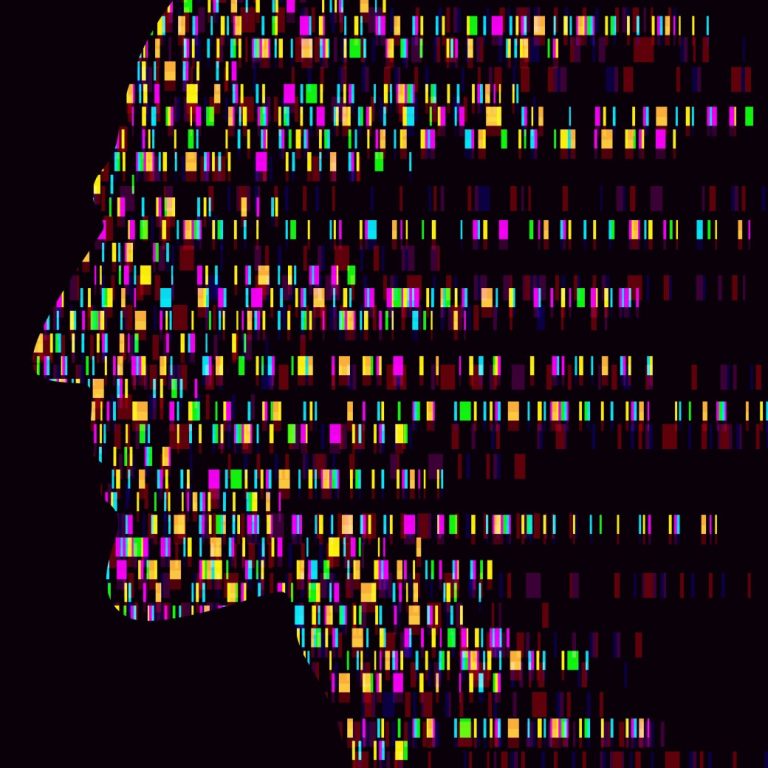
In 2001, The February 16 issue of Science and February 15 issue of Nature contain the working draft…

On Jan. 11, 2001, Oregon Health Sciences University (OHSU) researchers reported the production of the world’s first genetically…
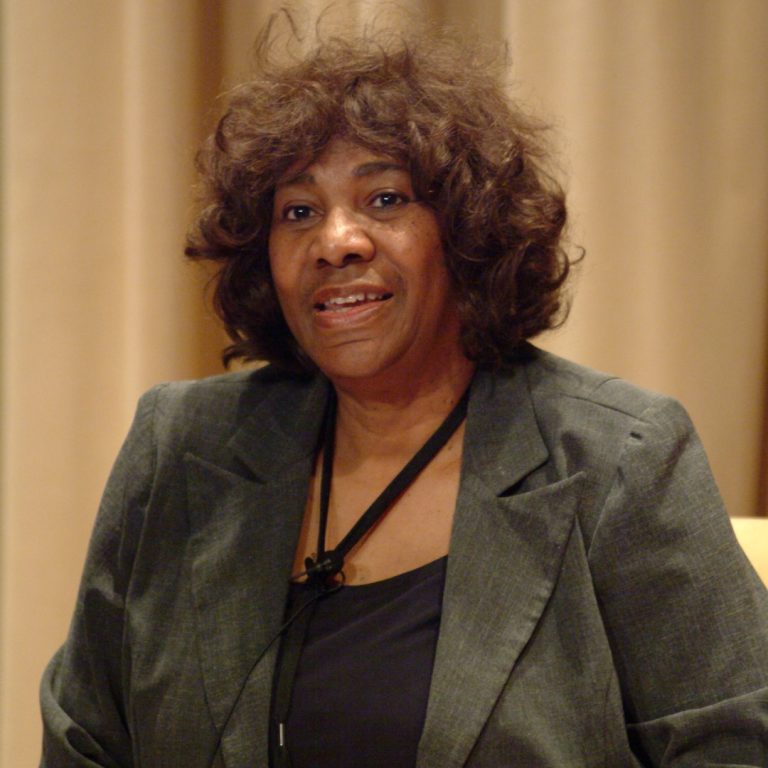
In 2001, human immunogenetics professor Dr. Gloria M. Dunston founded the National Human Genome Center at Howard University….
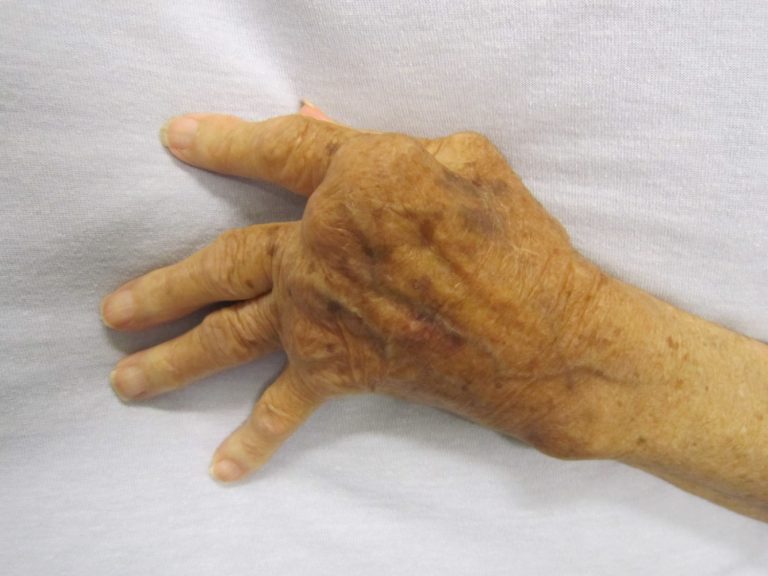
On Jul. 11, 2000, Stanford researchers announced they had identified a substance commonly added to toothpaste to prevent…

On Jul. 1, 2000, AgReliant Genetics was founded by global seed companies KWS of Einbeck, Germany and Limagrain…
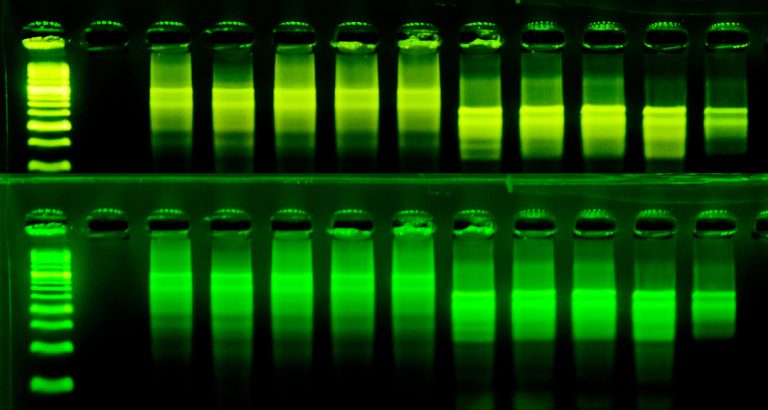
In 2000, the Capillary electrophoresis DNA sequencer device was developed by Dr. Edward Yeung at Iowa State University….
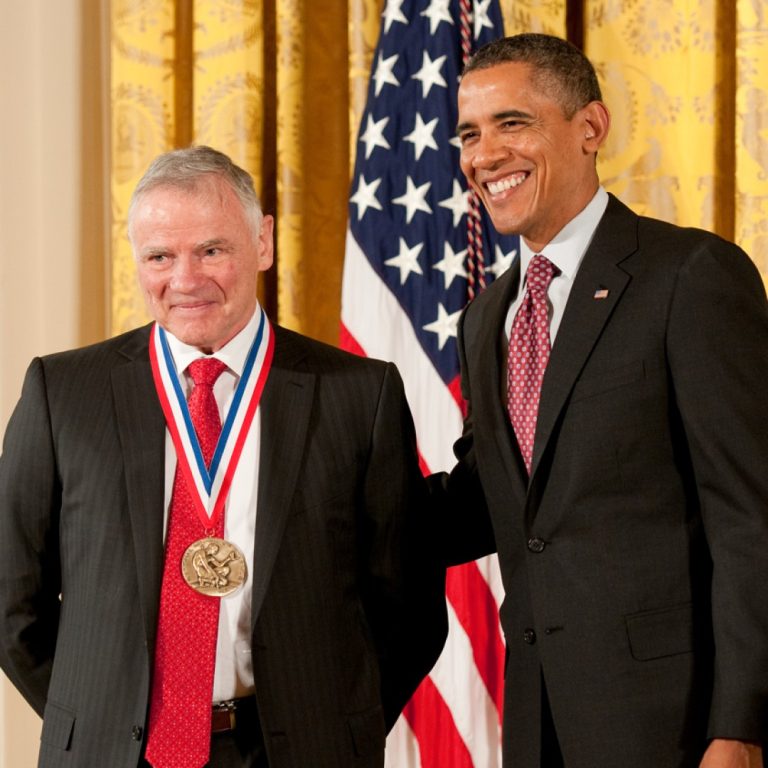
On Dec. 13, 1999, the University of Washington (UW) announced that Dr. Leroy Hood, chair of the Department…
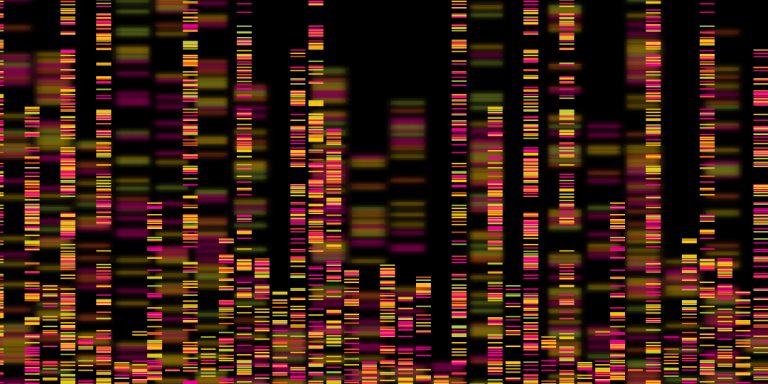
On Dec. 2, 1999, an international team of researchers at the Sanger Centre near Cambridge, England; University of…
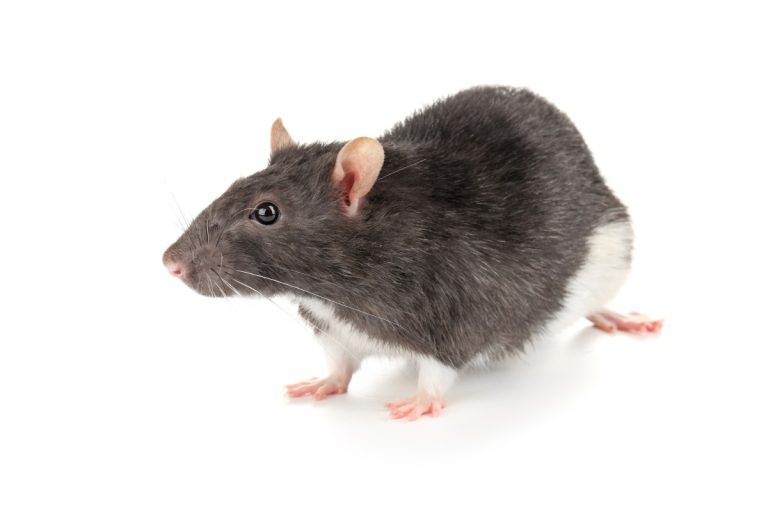
On Aug. 30, 1999, Dr. Ute Hochgeswender, Development Biology Research Program from the Oklahoma Medical Research Foundation (OMRF)…
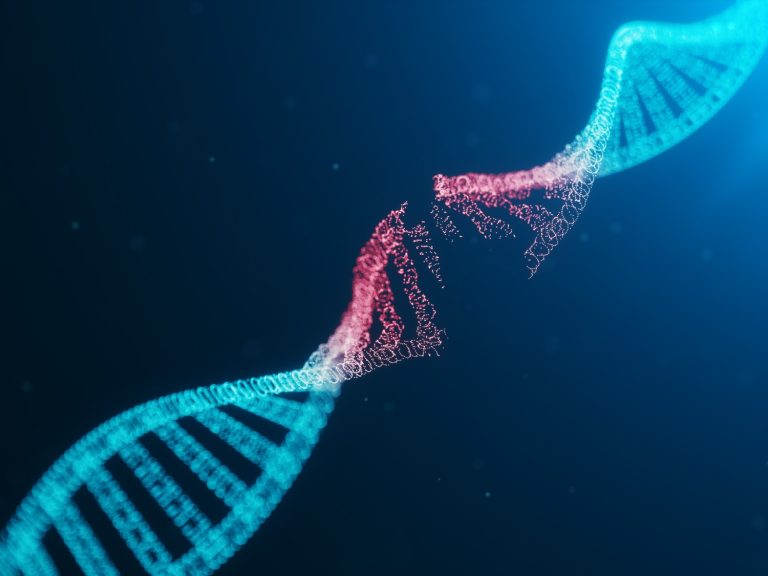
On Aug. 11, 1999, researchers led by Stanford’s Emmanuel Mignot, MD, PhD, associate professor of psychiatry, used a…
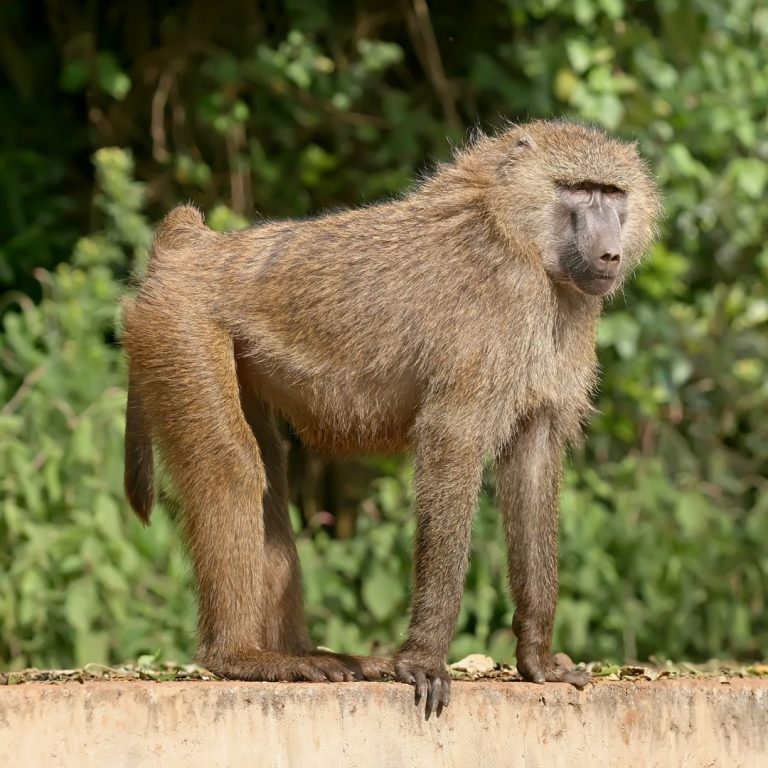
In 1999, Texas Biomed researchers published the baboon gene map, the first genetic linkage of a nonhuman primate….

In 1998, the Cystic Fibrosis Research Center was founded at University of Iowa’s College of Medicine. Today, the…

In 1996, the first genetically engineered crop was commercialized. The first genetically modified plant was produced a short…
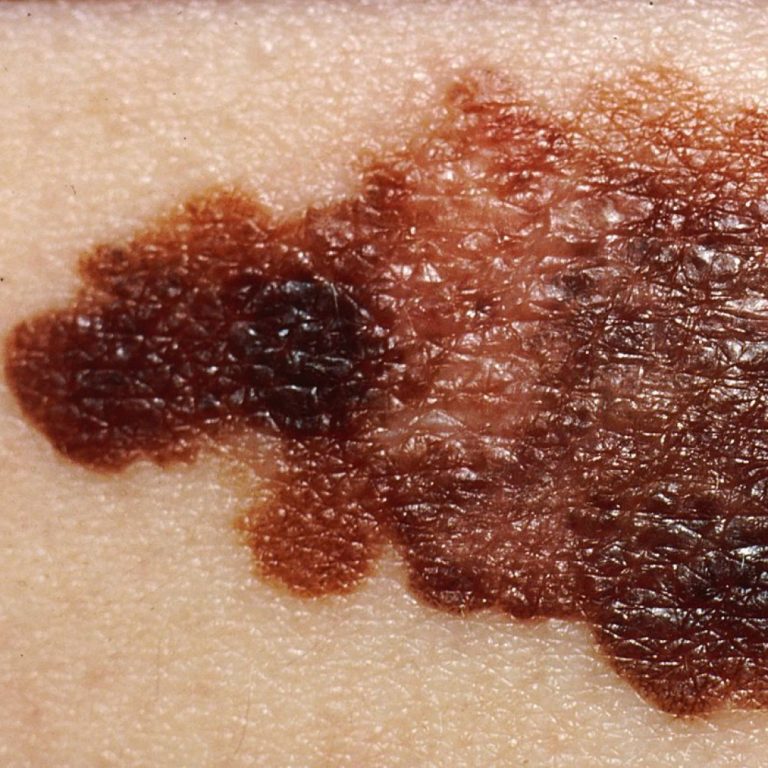
In 1996, Stanford Medicine developmental biologist Matthew Scott and a team at University of California, San Francisco discovered…
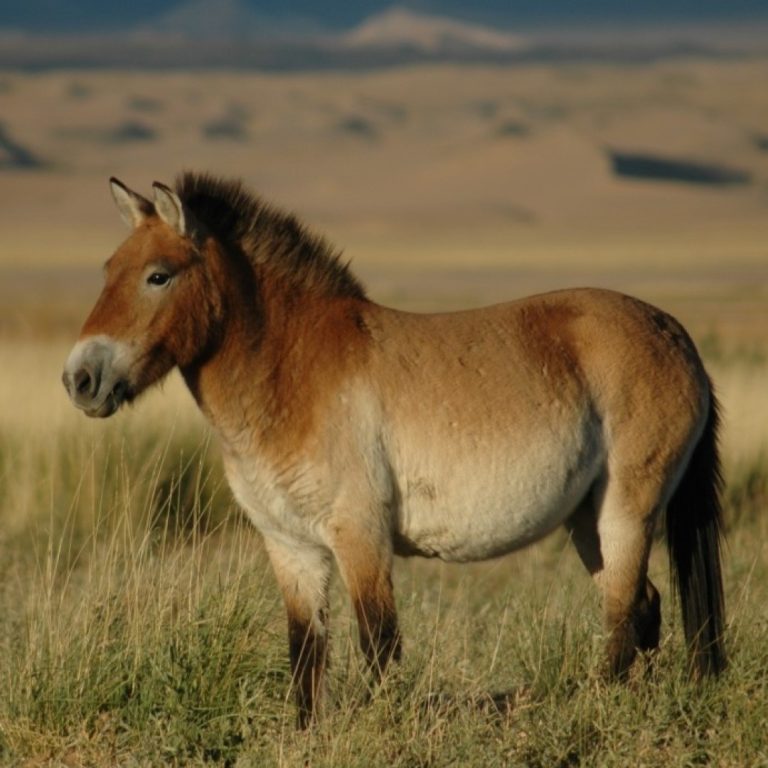
In Oct. 1995, 70 scientists from 20 countries met in Lexington, Kentucky to make a plan for mapping…

In 1995, the Ronald laboratory isolated and characterized the rice XA21 genetic locus and showed that XA21 encodes…

In 1995, Mary-Claire King, an internationally known human geneticist, was recruited to the University of Washington’s (UW) School…

On Dec. 12, 2018, the scientists behind the Horse Genome Project released scientific standards for genetic testing. The…

In 1994, National Center for Genome Resources (NCGR) founded with support from Senator Pete Domenici as an independent…

On Dec. 7, 1993, Dana-Farber scientists identified the gene that causes an inherited form of colon cancer, which…
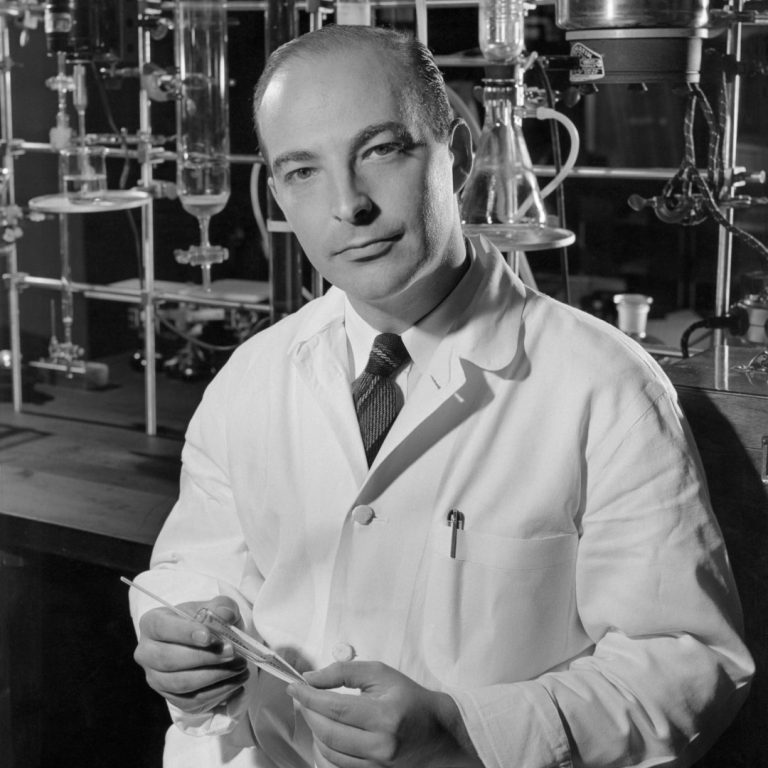
On Oct. 22, 1990, scientists from Stanford University led by Arthur Kornberg announced they had discovered a chemical…
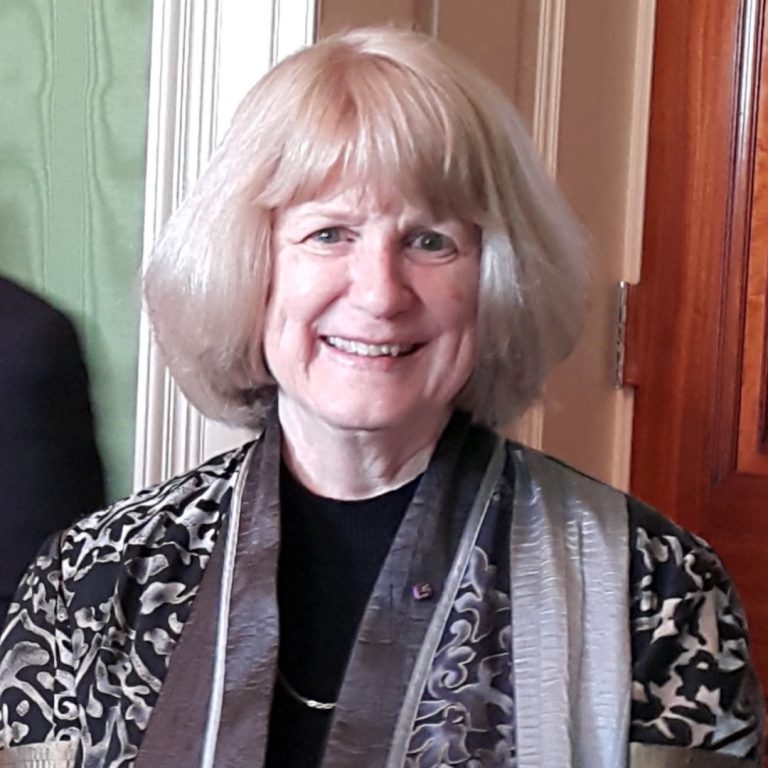
In 1990, Geneticist Mary-Claire King and her colleagues at the University of California, Berkeley (UC Berkeley) discovered BRCA1,…
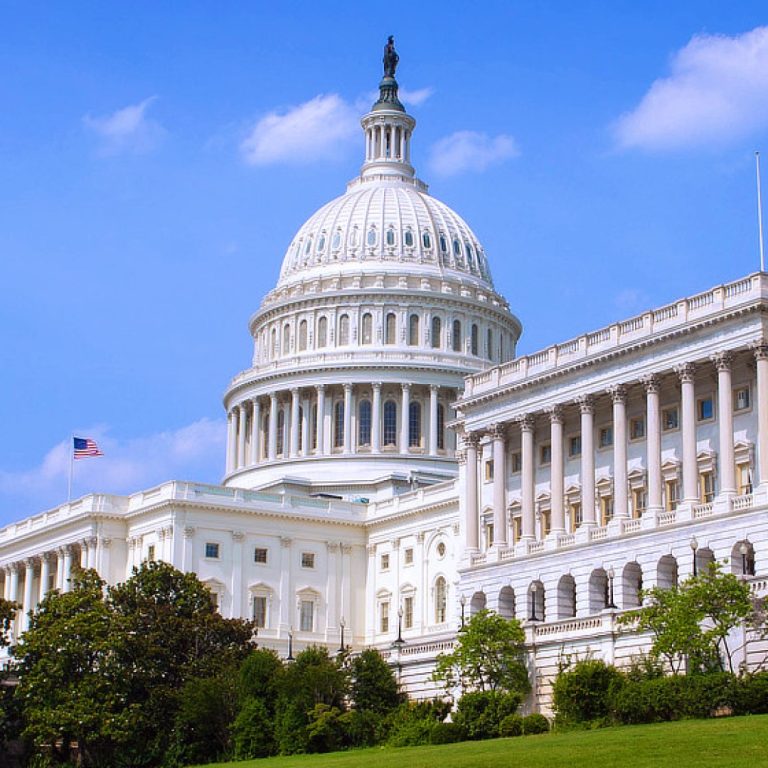
On Aug. 15, 1988, a program advisory committee on the human genome was established to advise the National…

On Jun. 24, 1988, University of Washington hearing researchers Jeffrey Corwin and Douglas Cotanche published the first report…

In 1988, James C. Wang discovered DNA topoisomerases, which led to greater understanding of enzymes’ role in biological…